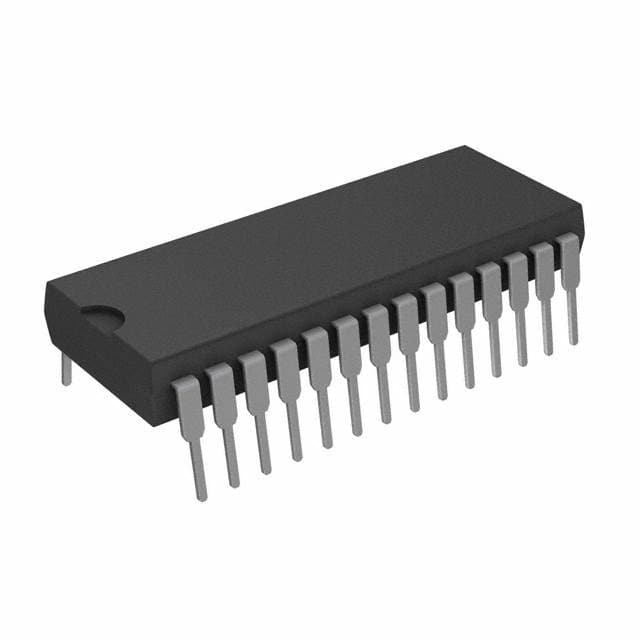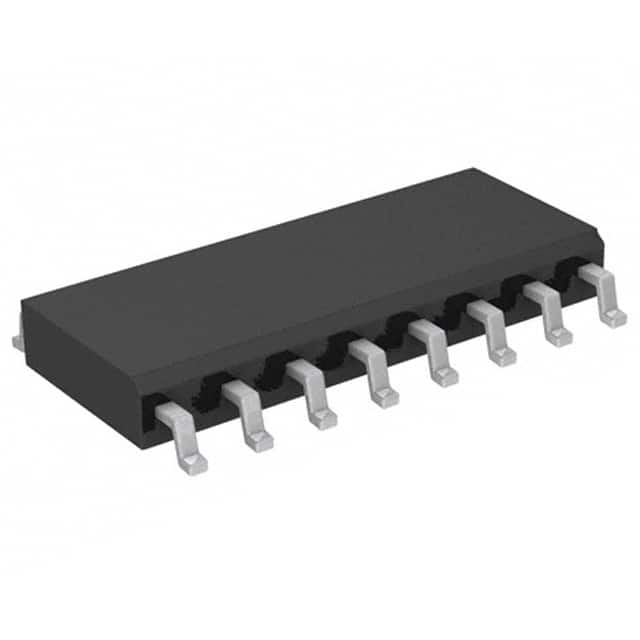Ⅰ. Interface - Voice Record and Playback
Ⅱ. Physical Characteristics of Interface - Voice Record and Playback
Ⅲ. Electrical Characteristics of Interface - Voice Record and Playback
The interface for voice record and playback allows users to capture and listen to audio signals using electronic devices. It provides a user-friendly and intuitive means of recording voice or other audio sources and playing them back when desired. This interface is commonly found in devices such as smartphones, digital voice recorders, audio recording software, and other audio playback devices.

The voice record and playback interface typically includes the following main features:
1.Recording Controls: The interface provides controls for initiating and stopping the recording process. This can include dedicated buttons, on-screen icons, or touch-sensitive controls that allow users to easily start and stop the recording.
2.Playback Controls: The interface offers controls for playing back the recorded audio. These controls may include buttons or icons to start, pause, resume, stop, and navigate through the audio playback. Users can easily play back the recorded audio at their convenience.
3.Volume Control: The interface allows users to adjust the volume level during both recording and playback. Volume control options can include physical buttons, sliders, or on-screen controls to ensure that the audio output is at the desired level.
4.File Management: The interface provides options for managing recorded audio files. This includes features like file naming, file deletion, file organization, and the ability to save or export the recorded audio in various formats.
5.Visual Feedback: The interface may display visual indicators to provide feedback on the recording and playback status. This can include audio level meters to monitor the input or output volume, progress bars to indicate the duration of the recording or playback, and visual cues for navigation and file management.
6.Storage and Memory Management: The interface offers information about available storage space and memory capacity for recording and storing audio files. It may display indicators to show the remaining recording time or available memory, ensuring users are aware of the recording limitations and can manage their storage effectively.
7.Accessibility Features: Voice record and playback interfaces may include accessibility features to cater to users with specific needs. This can include options for adjusting the font size, color contrast, or screen reader compatibility to ensure that users with visual impairments or other disabilities can easily navigate and use the interface.
8.Connectivity Options: The interface may support various connectivity options for transferring recorded audio files to other devices or platforms. This can include options like USB, Bluetooth, Wi-Fi, or cloud-based services, allowing users to share, backup, or synchronize their recorded audio with other devices or online storage platforms.
The voice record and playback interface aims to provide a seamless and intuitive user experience, allowing users to easily record their voice or audio sources and play them back with clarity. The design and features of the interface may vary depending on the specific device or application, but the goal is to make the recording and playback process straightforward and accessible to users of all levels of technical expertise.
Physical Characteristics of Interface - Voice Record and Playback
The physical characteristics of the interface for voice record and playback depend on the specific device or platform being used. However, there are some general physical aspects to consider. Here are a few key physical characteristics:
1.Device Form Factor: The physical form factor of the device plays a significant role in the voice record and playback interface. It can range from small handheld devices like digital voice recorders or smartphones to larger devices like audio recording interfaces or standalone audio recorders. The form factor determines the size, shape, and portability of the device.
2.Display: Many voice record and playback devices feature a display to provide visual feedback and information to the user. The display can be a small monochrome or color LCD screen, a touch screen, or even an LED indicator. The display shows various information such as recording time, file names, playback status, volume level, and menu options.
3.Control Buttons and Knobs: The physical interface often includes control buttons and knobs that allow users to interact with the device. These controls can include dedicated buttons for recording, playback, stop, pause, and navigation through audio files. Some devices may have rotary knobs or sliders for volume control or menu navigation.
4.Connectors: The interface may include various connectors to facilitate connectivity and interaction with other devices. Common connectors include USB ports for data transfer and charging, headphone jacks for audio output, and input jacks for connecting external microphones or other audio sources.
5.Microphone Input: Many voice record and playback devices feature a built-in microphone for capturing audio. The physical characteristics of the microphone, such as its position and sensitivity, can impact the recording quality. Some devices also provide options for connecting external microphones for improved audio capture.
6.Speaker: A built-in speaker allows for immediate playback of recorded audio. The physical characteristics of the speaker, such as size and placement, can affect the audio quality and volume levels during playback.
7.Memory Card Slot: Voice record and playback devices often have a slot for memory cards, such as SD cards or microSD cards. These memory cards provide storage capacity for recorded audio files and can be easily inserted or removed for data transfer.
8.Battery Compartment: If the device is portable, it will likely have a battery compartment for powering the device. The physical characteristics of the battery compartment may include access panels, latches, or slides for inserting or replacing the batteries.
9.Materials and Construction: The physical characteristics of the device also include the materials used in its construction. It can be made of plastic, metal, or a combination of materials. The overall build quality, durability, and ergonomics of the device are important considerations for user comfort and longevity.
These are some of the physical characteristics to consider when dealing with the interface for voice record and playback. The specific characteristics may vary depending on the device or platform used, and it is important to consult the product documentation or specifications for precise details regarding the physical aspects of the interface.

Electrical Characteristics of Interface - Voice Record and Playback
The electrical characteristics of the interface for voice record and playback depend on the specific device or platform being used. However, there are some common electrical aspects to consider. Here are a few key electrical characteristics:
1.Power Supply: The interface requires a power supply to operate. This can be in the form of batteries, rechargeable batteries, or direct AC/DC power input. The voltage and current requirements vary depending on the device. It is important to ensure that the power supply meets the specifications of the device to ensure proper functionality.
2.Signal Levels: The interface deals with audio signals, both during recording and playback. It is important to consider the signal levels and specifications to maintain audio quality and compatibility with other devices. This includes characteristics such as the maximum input level, output level, and signal-to-noise ratio.
3.Analog-to-Digital Conversion: During recording, the interface converts the analog audio signal into a digital format using an analog-to-digital converter (ADC). The ADC's characteristics, such as resolution and sampling rate, determine the quality and fidelity of the recorded audio. Higher resolutions and sampling rates generally result in better audio quality.
4.Digital-to-Analog Conversion: During playback, the interface converts the digital audio signal back into an analog format using a digital-to-analog converter (DAC). The DAC's characteristics, such as resolution and output quality, influence the fidelity and accuracy of the reproduced audio.
5.Digital Signal Processing: The interface may include digital signal processing (DSP) capabilities for audio enhancement, filtering, or effects. The DSP components in the interface may have specific characteristics such as processing power, supported algorithms, and latency, which determine the quality and capabilities of the signal processing.
6.Data Transfer: The interface may have data transfer capabilities for transferring recorded audio files to other devices or storage media. This can be achieved through wired connections like USB or wireless technologies like Bluetooth or Wi-Fi. The data transfer characteristics include transfer speed, compatibility, and protocols supported.
7.Noise and Interference: Electrical characteristics such as noise levels and susceptibility to interference are important considerations for maintaining audio quality. The interface should have proper shielding, grounding, and noise reduction techniques to minimize electrical noise and interference that can degrade the recorded or playback audio.
8.Compatibility: The electrical characteristics of the interface should ensure compatibility with various audio devices and standards. This includes considerations such as audio formats, file compatibility, and connectivity standards to ensure seamless integration with other devices and software.
These are some of the electrical characteristics to consider when dealing with the interface for voice record and playback. The specific characteristics may vary depending on the device or platform used, and it is important to consult the product documentation or specifications for precise details regarding the electrical aspects of the interface.



